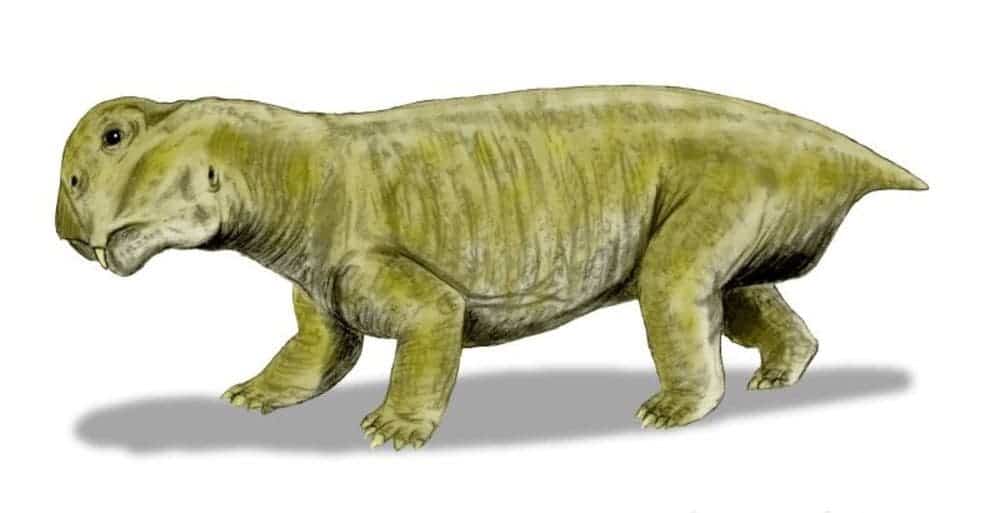The Permo-Triassic mass extinction (PTME) which occurred some 252 million years ago marks the time life came closest to complete annihilation. Almost 90% of animal species went extinct and nearly all trees were obliterated by acid rain and volcanic eruptions in Siberia that triggered climate change. In this massive run for your life cataclysm, those who were quickest to adapt preserved their lineage. There are a couple of things that can help like morphological disparity, abundance, behaviour and resource availability. Drastically reducing body size and, maybe most importantly, lifespan may have been the most important course of action evolution undertook to preserve some species, paleontologists argue.

South African paleontologists at the National Museum, Bloemfontein found that therapsids — precursors to mammals — were able to cross the PTME survival bottleneck by significantly reducing their lifespan.
Scientists can infer lifespan by analyzing growth records preserved in bone fossils. One therapid, called Lystrosaurus, must have started breeding when they were only juveniles seeing how pre-PTME individuals used to live up to 15 years, but following the extinction event only individual two to three years of age were found.
The reduction in lifespan was accompanied by a significant cut down in size. Lystrosaurus used to weigh hundreds of kilograms and could grow to several meters in length, but post-extinction it didn’t grow bigger than a large canine.
In the end, these ‘tricks’ paid off. Ecological simulations showed that by making these swift adaptation, Lystrosaurus increased survival odds by 40 percent.
Some scientists believe that a sixth major extinction, one caused by humans and not natural climate shifts, is looming. For instance, the Atlantic cod has drastically reduced its body size following overfishing. These fish now have to breed as early as possible to survive. Past research implies that for every 1C added in temperature, a variety of plants lose between 3-17% in size, while fish shrink by 6-22%.
“With the world currently facing its sixth mass extinction, palaeontological research can help us understand how and why some animals, such as those like Lystrosaurus, thrived in the face of disaster,” said National Museum palaeontologist Jennifer Botha-Brink, the lead author on the paper.


